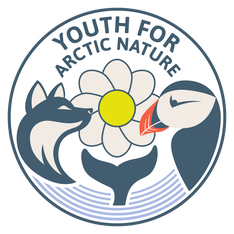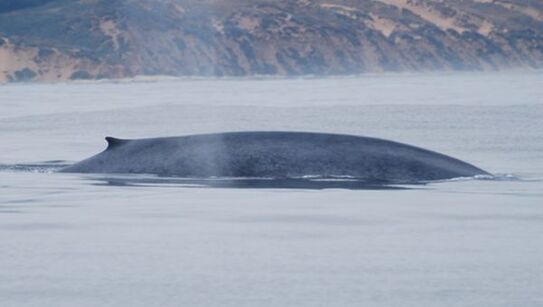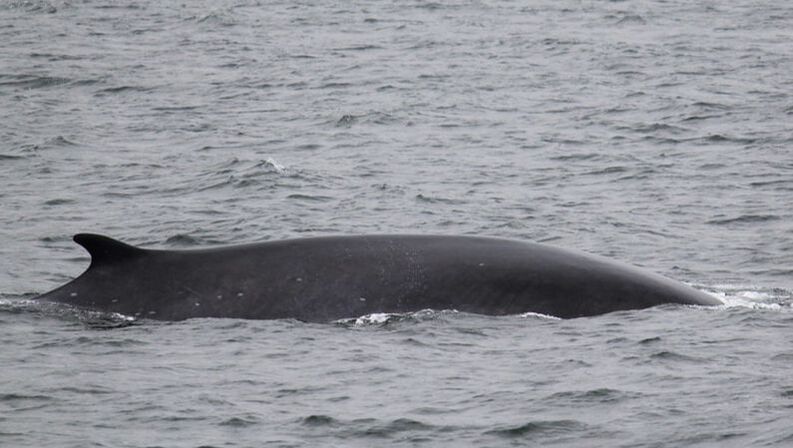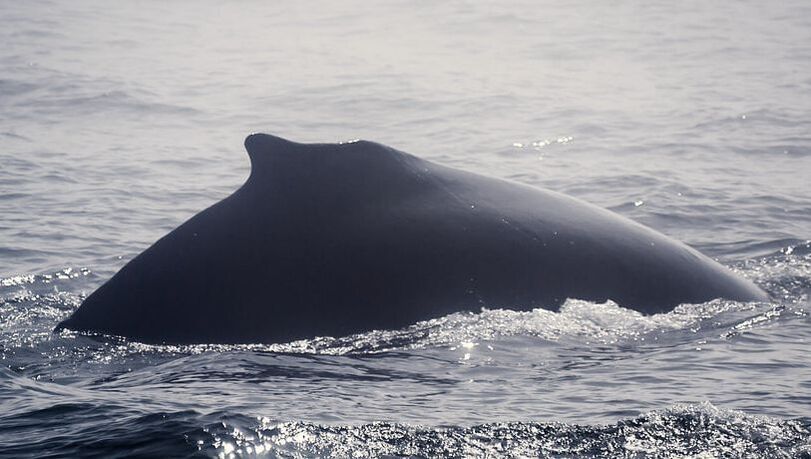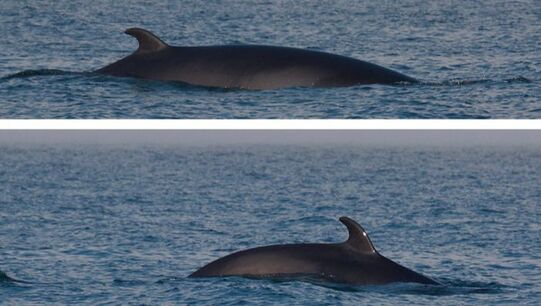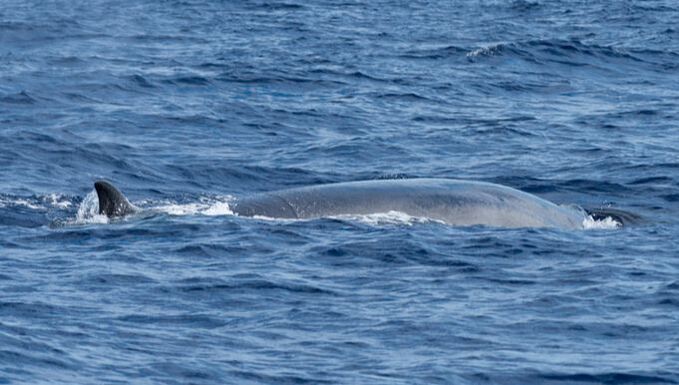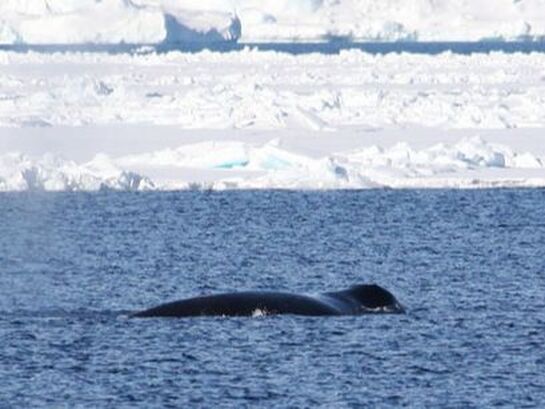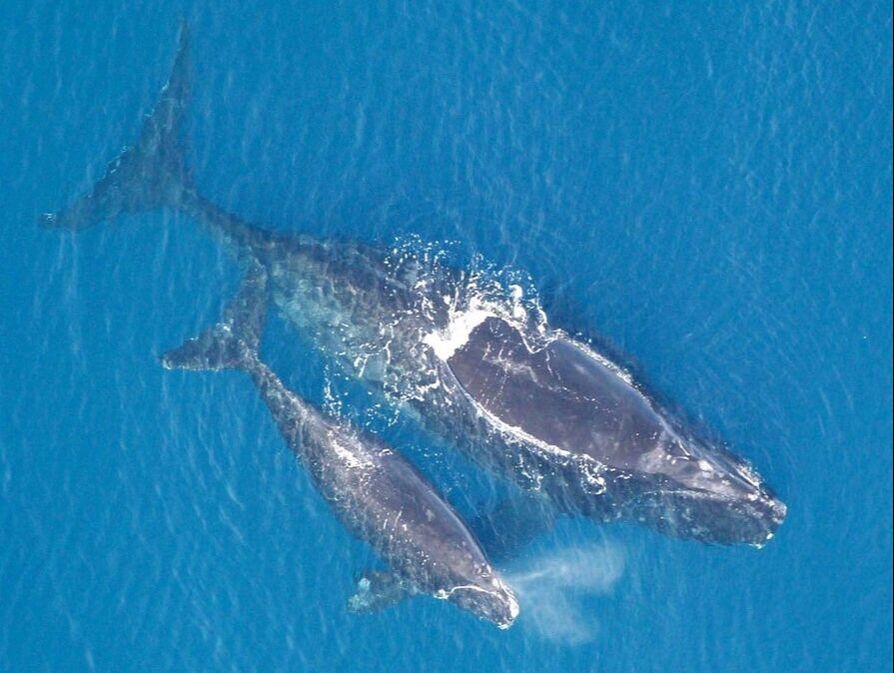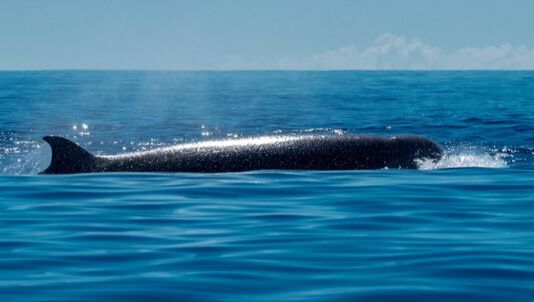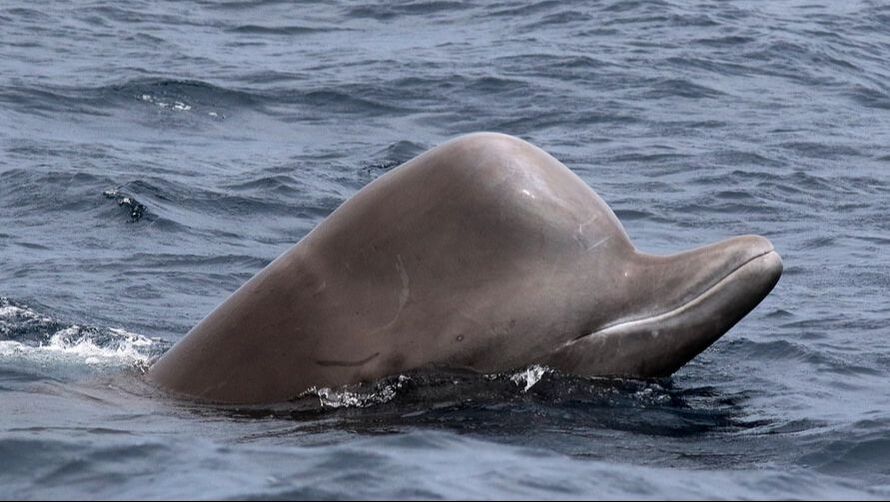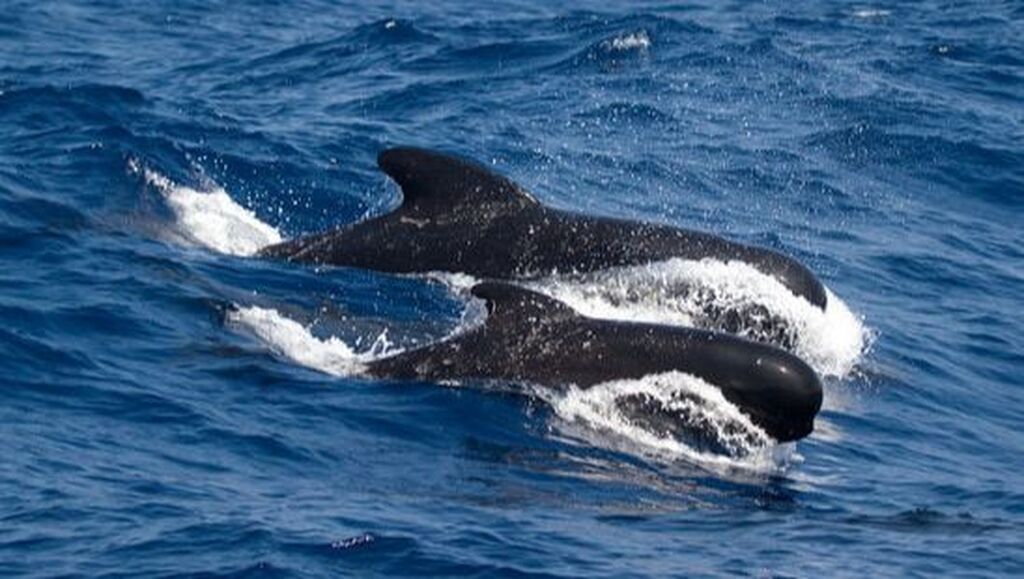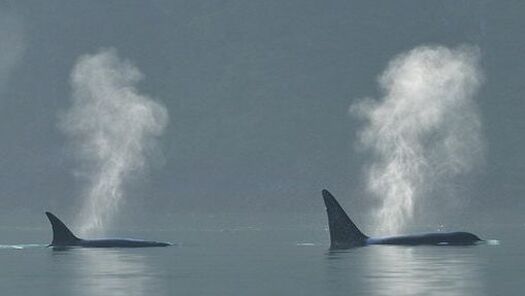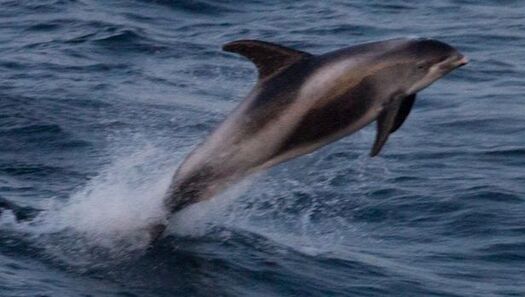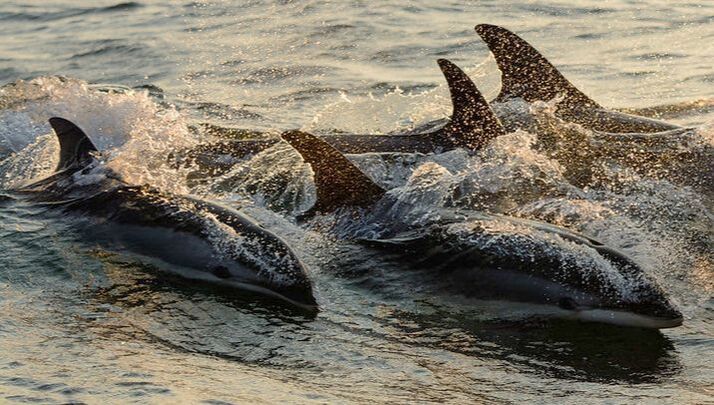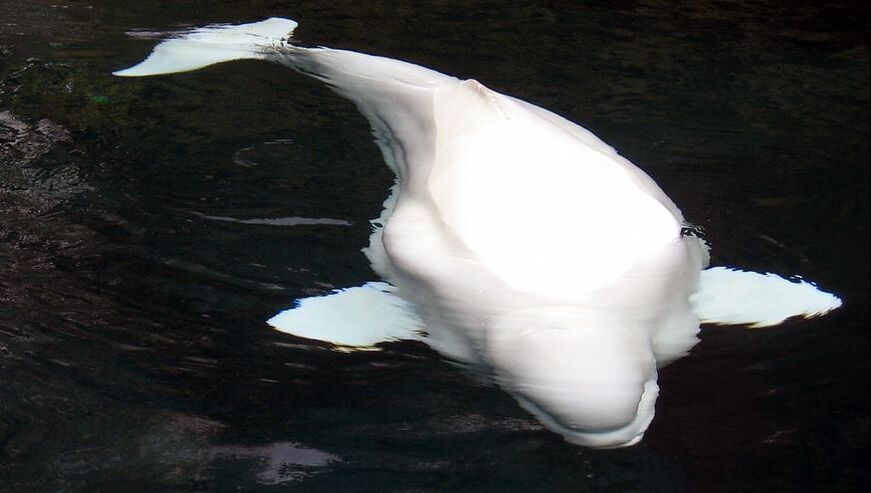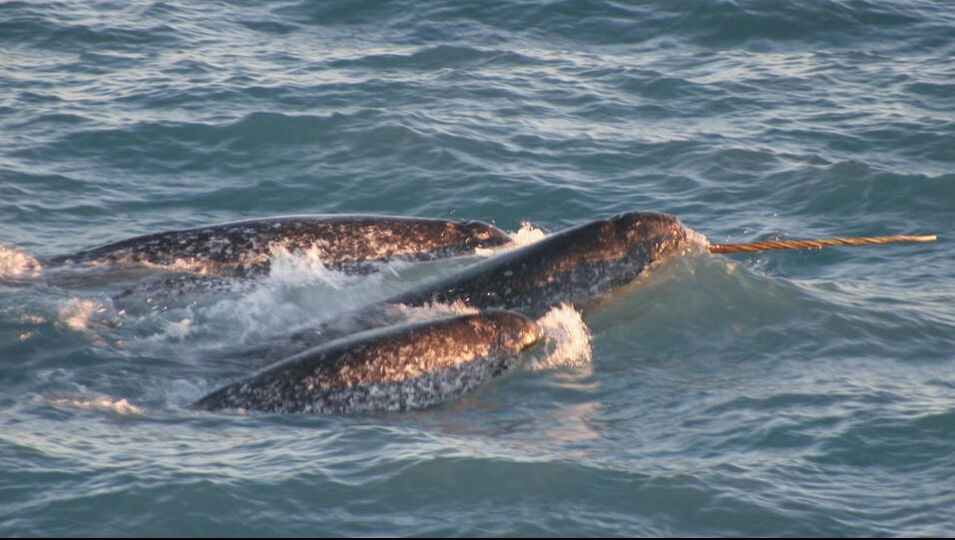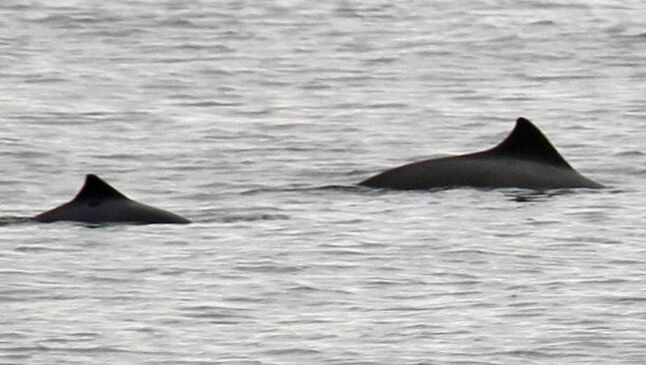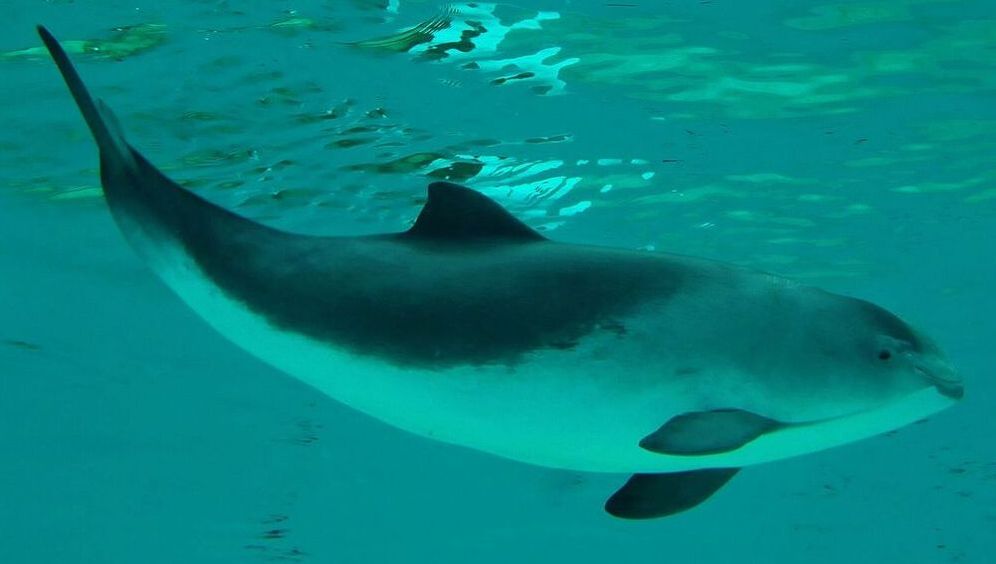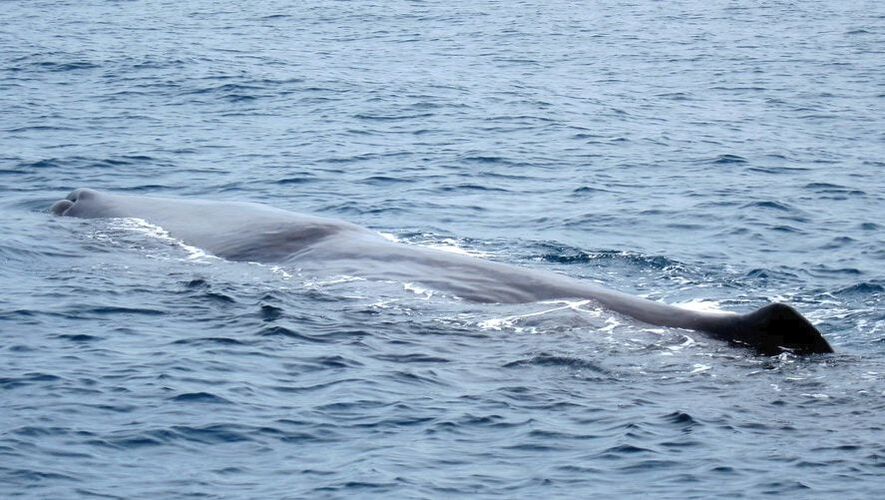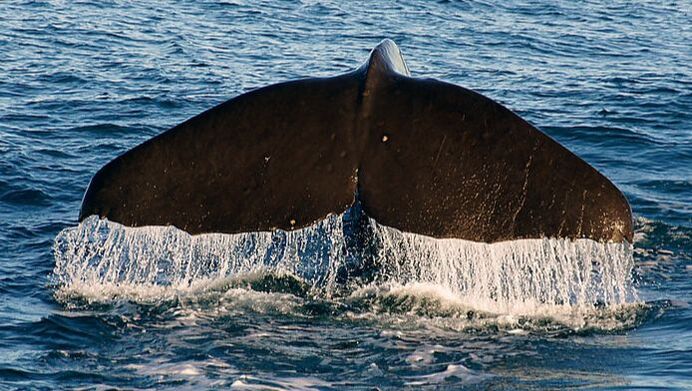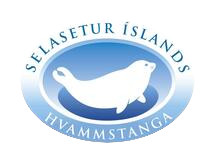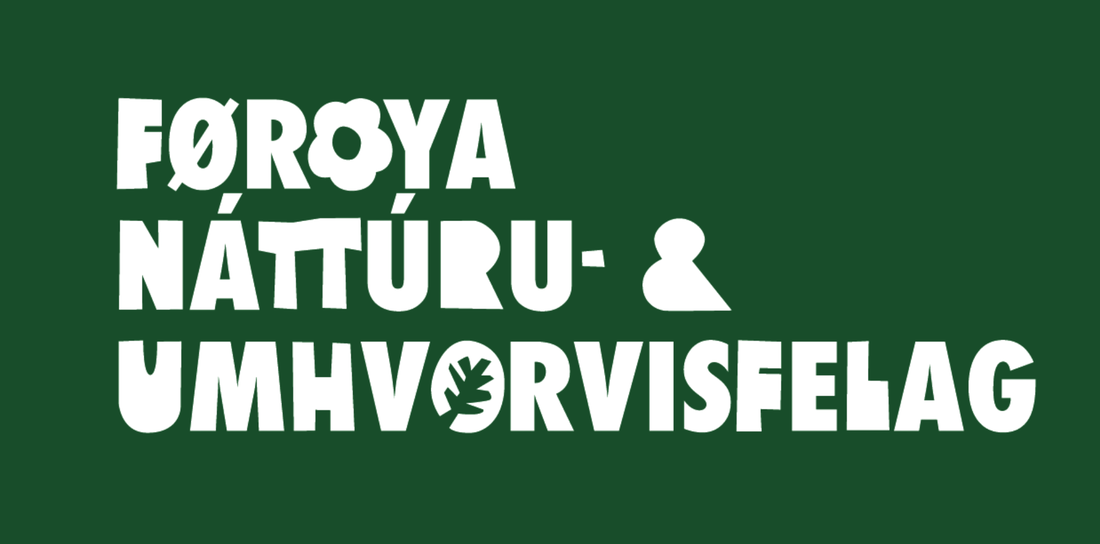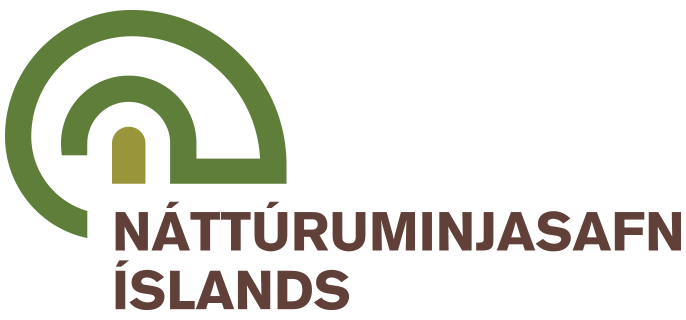The following is a near complete list of native marine cetaceans found in the North Atlantic Arctic. Cetacea is the infraorder of whales, dolphins, porpoises, and monodontids. The Cetacea infraorder belong to the Artiodactyla order of ungulates, which also contains animals such as the giraffe, the cow, or the deer. In this page, ceteceans are classified by family, which are genetic groups that highlight a common ancestor. North Atlantic cetaceans include the following families and species.
|
Rorquals are part of the family Balaenopteridae in the clade of baleen whales, meaning that they have long baleen for filter feeding instead of teeth. Within baleen whales, they are mostly recognized by their streamlined appearance. There are five species of rorquals in the North Atlantic arctic:
|
Blue whale.
|
- The Fin whale Balaenoptera physalus. It is present in oceans all around the world, except too close to the sea ice on the poles. In the North Atlantic Arctic, it is found around Norway, the Faroe Islands and Iceland, in western Svalbard, and southern and southeastern Greenland.
- The Humpback whale Megaptera novaeangliae. In the North Atlantic Arctic, it is present around Norway, the Faroe Islands and Iceland, in southern Svalbard, and southern and eastern Greenland.
|
Fin whale. The body type is similar to the blue whale, but smaller (18 to 20 meters), and darker. The dorsal fin is larger compared to the size.
|
Humpback whale. It is smaller than the fin and blue whales (13 to 16 meters), with a black back and an obvious hump under the dorsal fin. Other characteristics include very long pectoral (on the side) fins, and the Atlantic they are white on top, which can be seen through the water. When it dives, it raises its caudal fin (tail) out of the water, and the underside has white patterns which are unique to the individual.
|
- The Northern minke whale Balaenoptera acutorostrata. It is present in all oceans down to the equator. In the North Atlantic Arctic, it is found around Norway, the Faroe Islands and Iceland, and around Greenland except for the north coast.
- The Sei whale Balaenoptera borealis. It is present all around the world, but avoids getting too close to the poles. In the North Atlantic Arctic, it is present around Norway, the Faroe Islands and Iceland, and in southern Greenland. It prefers being in the deep seas far from the coast.
|
Minke whale. It is the smallest baleen whale in the Arctic, reaching a maximum of 9 meters in this region. The body is slender, dark with lighter markings on the side. The dorsal fin is very curved.
|
Sei whale. The sei whale is close in size to the humpback, in average 14 meters long. They look very much like minke whales from far away, but can be differentiated by their size.
|
Balaenidae is a family of baleen whales characterized by a rotund body and a jawline that is deeply curved to allow for longer baleen plates. There are two species in the East Atlantic Arctic:
- The Bowhead whale Balaena mysticetus. This whale is the only one that is endemic to Arctic waters. Historically, it was almost circumpolar, but it is now found in five fragmented population: one between Russia and North America, two in the northeast of Canada, one around Svalbard, and one in the sea of Okhotsk between Russia and Japan. The Svalbard population may only about 80 individuals. They can reach ages of up to 200 years old.
- The North Atlantic Right whale Eubalaena glacialis. One of the most endangered whale species in the world after it was decimated by whale hunting, mostly during the 16th to 19th century, this species is believed to be extinct in its eastern Atlantic range. It was previously common around Iceland, the Faroe Islands, and off the coasts of western and northern Europe. Some vagrants from the western population may still be seen in the historic eastern range.
|
Bowhead whale. It is black with a white chin, and can be up to 18.5 meters long. It can be recognized by its triangular head that raises above the water when it surfaces. Its blow comes from the blowholes at the highest point of the head, and it has no dorsal fin.
|
Atlantic right whale and calf. The skin is black with irregular white patches on the belly, and callous patches on the haed that are infested with barnacles. It lacks a fluke, and can be identified by the callous patches. The blow is high and V-shaped, as can be seen on the picture. Atlantic right whales can measure up to 18 meters.
|
Beaked whales is a family of cetaceans, called by the scientific name Ziphiidae, that is among the least known groups of mammals. This is because beaked whales live in deep sea and are not very common. In the arctic, there is only one species of beaked whale: the Northern bottlenose whale Hyperoodon ampullatus. It is one of the deepest-diving mammals known, reaching depths of more than 2,300 meters and can dive for more than 2 hours. It is endemic to the North Atlantic, and is present from western Norway to Greenland (except the north coast) and eastern Canada. It is found around Iceland and the faroe Islands.
|
Northern bottlenose whale surfacing. It is recognized by its large size for a beaked whale (up to about 10 meters), grey body, and pointed sickle-shaped dorsal fin which is located at two thirds of their body.
|
Head of a northern bottlenose whale. They have a large "melon" which means their head has a big bump. The beak is quite short compared to the melon.
|
The oceanic dolphin family (Delphinidae) is a cetacean family that counts four members in the Arctic:
- The Long-finned pilot whale Globicephala melas. This large dolphin is found in the North Atlantic and in the Southern ocean. In the North Atlantic, it is present from western Norway and the western mediterranean to southern Greenland and eastern Canada. It is common around the Faroe Islands and occasionally seen all around Iceland.
- The Orca Orcinus orca. It is present in all the world's oceans and even the mediterranean sea. In the North Atlantic, it is present in western and northern Norway, around Svalbard, the Faroe Islands and Iceland, and in Greenland except for the north coast.
|
Long-finned pilot whales. They are recognized by their black body, blunt curved dorsal fins, rounded heads, and extrenely long pointed pectoral fins, which can be as long as 27% of their body size! The females (up to 5.7 meters) are smaller than the males (up to 6.7 meters).
|
Orcas. They are the largest dolphins (females 5 to 7 meters and males 6 to 8 meters). They are recognized by their lighter markings on the back in front of the fin, and white over the eye. Their dorsal fin is also recognizable, especially for males: their fin is straight and can be up to 1.8 meters.
|
- The White-beaked dolphin Lagenorhynchus albirostris. This dolphin is endemic to the North Atlantic, and can be found from western Siberia to eastern Canada. It is found around the Iceland, the Faroe Islands, Svalbard, Norway, and in southern Greenland.
- The Atlantic White-sided dolphin Leucopleurus acutus. Ths dolphin has a similar distribution to the white-beaked dolphin, but doesn't go as far north in Greenland, Canada, and Svalbard.
|
White-beaked dolphin (2.3 to 3.1 meters long). They are recognized by their very short beak, and white markings on the side and beak. Their dorsal fins are tall compared to their body.
|
Atlantic white-sided dolphins. They are recognized by their black back with grey and yellow on the sides, and lighter underparts. They are about the same size as white-beaked dolphins (2.5 to 2.8 meters long).
|
The Monodontidae family is a cetacean family that counts only two members, both found in the Arctic:
- The Beluga whale Delphinapterus leucas. This white whale is circumpolar, but is mainly found in separated populations. In the North Atlantic Arctic, the populations are found in the deep waters north of Norway, and in western Greenland.
- The Narwhal Monodon monoceros. This whale with a unique tooth or "tusk" is present from northern Russia to northeastern Canada. In the North Atlantic Arctic, it is seen around Svalbard and Greenland.
|
Beluga whale. They are instantly recognizable, as they are the only whale that is completely white (except for albino animals). They have no dorsal fin, and are very wide. Females (3 to 4.1 meters) are smaller than males (3.5 to 5.5 meters).
|
Narwhals. Adults are about 4 meters long. They can be recognized by their unique spots darker spots on their grey body, and their long tusk, which are found on males and about 15% of females. These tusks, which are in fact left canine teeth, can reach 3.1 meters.
|
The porpoises (Phocoenidae) form a family of small cetaceans that have flat teeth instead of conical teeth like other toothed whales. There is only one species of porpoise in the Arctic, the Harbor porpoise Phocoena phocoena, which is the smallest cetacean. The harbor porpoise is found in the North Atlantic and the North Pacific. In the North Atlantic Arctic, it is present from western Russia to eastern Canada. It is found around Iceland, Norway, and the Faroe Islands, as well as on the western and southeastern coasts of Greenland. In 2007, it was photographed for the first time in Svalbard, where it was extremely rare. It is very probable that it is extending its range to the north because of climate change.
The sperm whale family Physeteroidea is a cetacean family that includes the sperm whale, the dwarf sperm whale, and the pygmy sperm whale. Of these species, only the sperm whale Physeter macrocephalus can be found in the Arctic. It is the largest toothed whale, and the largest toothed predator on earth. It also has the largest brain on Earth. It is found in all oceans, but in the North Atlantic Arctic, it is most common off of the western Norwegian coast, between Iceland and Great Britain, between Iceland and Greenland, and on the southwestern coast of Greenland. It is found around the Faroe Islands, but it is rare around Svalbard.
|
Sperm whale surfacing. They can be recognized by their small triangular dorsal fin and huge squared head. Males, averaging 16 meters, are much larger than females, averaging 11 meters. The blowhole is placed on the left of the head, giving an angled blow.
|
Sperm whales often lift their tail before diving. The tail lobes are triangular and very thick.
|
Pictures
- "Antarctic blue whale" by Oregon State University is licensed under CC BY-SA 2.0
- "Blue Whale (Balaenoptera musculus)" by dave and rose is licensed under CC BY 2.0
- "Bowhead whale (Balaena mysticetus)" by Anne-Line Brink is licensed under CC BY-NC-ND 2.0
- "Watching a Fin Whale" by Castles, Capes & Clones is licensed under CC BY-NC-ND 2.0
- "Humpback Whale" by wwarby is licensed under CC BY 2.0
- "northern minke whale (Balaenoptera acutorostrata)" by K.P. McFarland is licensed under CC BY-NC 2.0
- "A northern bottlenose whale in Newfoundland." by Cephas - Deepdivewhales is licensed under CC BY-SA 4.0
- "Globicéphale noir - Globicephala melas - Long-finned pilot whale" by squallidon is licensed under CC BY-NC-SA 2.0
- "Orca #3" by vijay_SRV is licensed under CC BY-NC-ND 2.0
- "White Beaked Dolphin" by naturalengland is licensed under CC BY-NC-ND 2.0
- "Atlantic white-sided dolphin" by Claudine Lamothe is licensed under CC BY-NC 2.0
- "beluga whales" by jspad is licensed under CC BY-NC-SA 2.0
- "Sperm Whale Cresting" by indi.ca is licensed under CC BY 2.0
- "Sperm Whale. Kaikoura.NZ" by Bernard Spragg is marked with CC0 1.0
- "Killer Whales, Galápagos Islands" by Dave Govoni is licensed under CC BY-NC-SA 2.0
- "Breaching Humpback Whale (Megaptera novaeangliae)" by Gregory 'Slobirdr' Smith is licensed under CC BY-SA 2.0
- "Minke Whale" by tombenson76 is licensed under CC BY-NC-ND 2.0
References
- Baird 2002, p. 129.
- Brodie, Paul (1984). Macdonald, D. (ed.). The Encyclopedia of Mammals. New York: Facts on File. pp. 200–203. ISBN 978-0-87196-871-5.
- Clapham 2002, pp. 589–592.
- Exceptional sighting of 80+ Bowhead Whales. (2015, June 29). Oceanwide Expeditions News. https://oceanwide-expeditions.com/blog/exceptional-sighting-of-80-bowhead-whales
- George, John C.; Bada, Jeffrey; Zeh, Judith; Scott, Laura; Brown, Stephen E.; O'Hara, Todd; Suydam, Robert (1999). "Age and growth estimates of bowhead whales (Balaena mysticetus) via aspartic acid racemization". Canadian Journal of Zoology. 77 (4): 571–580. doi:10.1139/cjz-77-4-571. ISSN 1480-3283.
- Hauksson, E.; Víkingsson, G. A.; Halldorsson, S. D.; Olafsdottir, D.; Sigurjónsson, J. (2011). "Preliminary report on biological parameters for NA minke whales in Icelandic waters". Report of the International Whaling Commission. 63: 1–45.
- Jefferson, T.A., Webber. M.A., and Pitman, R.L. (2015). Marine Mammals of the World: A Comprehensive Guide to Their Identification (2nd edition). Academic Press: San Diego.
- Lockyer C (1976). "Body weights of some species of large whales". J. Cons. Int. Explor. Mer. 36 (3): 259–273. doi:10.1093/icesjms/36.3.259.
- McClain, C. R.; Balk, M. A.; Benfield, M. C.; Branch, T. A.; Chen, C.; Cosgrove, J.; Dove, A. D. M.; Helm, R. R.; Hochberg, F. G.; Gaskins, L. C.; Lee, F. B.; Marshall, A.; McMurray, S. E.; Schanche, C.; Stone, S. N. (2015). "Sizing ocean giants: patterns of intraspecific size variation in marine megafauna". PeerJ. e715: e715. doi:10.7717/peerj.715. PMC 4304853. PMID 25649000.
- Reeves, Randall (2008). Guide to Marine Mammals of the World. New York: National Audubon Society. pp. 398–401. ISBN 978-0375411410.
- Shirihai, H. & Jarrett, B. (2006). Whales, Dolphins and Other Marine Mammals of the World. Princeton Field Guides. pp. 199–200. ISBN 9780691127569.
- "Species Guide - Northern bottlenose whale". Whale and Dolphin Conservation. Retrieved 29 January 2015.
- White-beaked dolphin. (2021). Norsk Polarinstitutt. https://www.npolar.no/en/species/white-beaked-dolphin/
- Writer, Rachel OhmStaff (2020-10-26). "Estimate shows 11% decline in North Atlantic right whale population in a year". Press Herald. Retrieved 2020-10-27.
